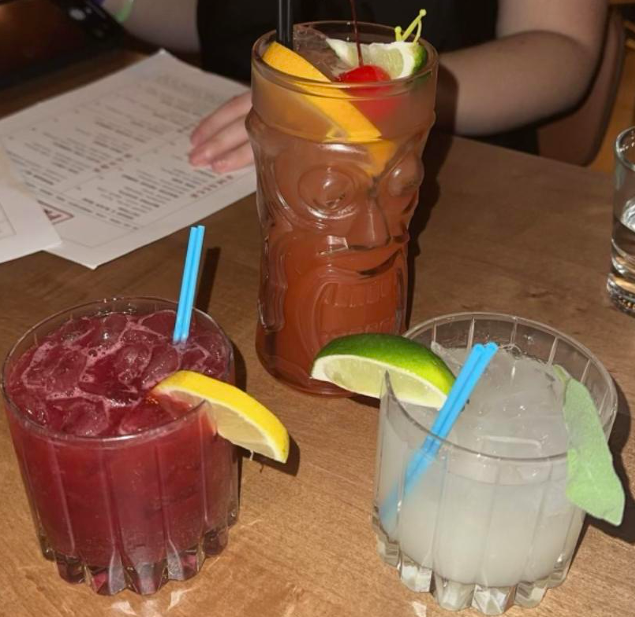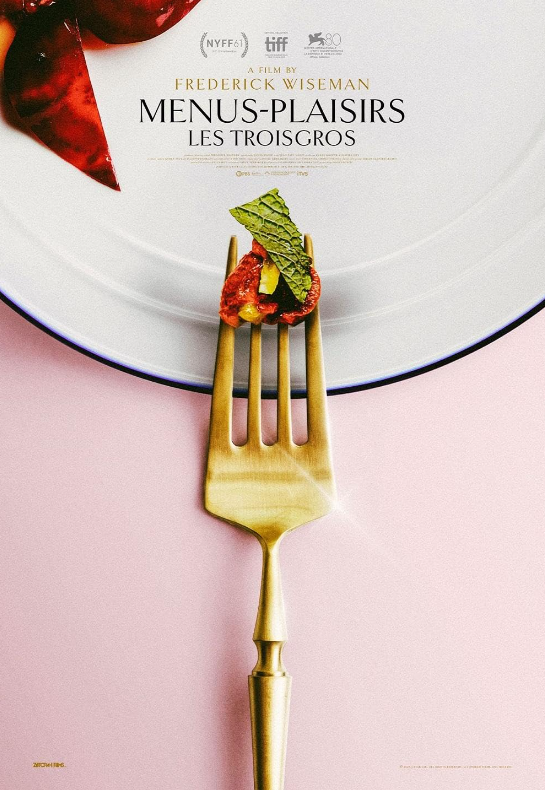Eating the right foods is absolutely essential to living well. It’s obvious that eating greasy, fried or otherwise unhealthy foods will add inches to your waist and extremities, clogging arteries and shooting your cholesterol through the roof in a rocket ship wrapped in bacon. Fast food is cheap and accessible, so why not?
All too often, the excuse for eating poorly on a regular basis is that the healthy food is too expensive. The reality is extremely different.
L.S. Wynn of WiseGeek.com conducted a project in which 200 calories of various foods were photographed. MyMoneyBlog.com took things one step further and calculated how much 200 calories of each food costs.
The foods range from healthy greens and vegetables to junk food like potato chips and soda, common culinary fares for the average college student. These foods are convenient; they come prepackaged, sometimes in individual-serving bags, and fit easily into your backpack or car cup holder. They are also loaded with preservatives and miscellaneous things with ten-syllable names that you’ve probably never heard of – and for good reason. They also require added coloring to make them look more appetizing. Even with the added coloring, junk food tends to be eerily monochromatic while fruits, salads, lean proteins and most other healthy eats are naturally colorful and appetizing.
The benefits of eating such colorful foods are many. Fruits and vegetables are loaded with different vitamins that help to power every part of your body, from your immune system to your individual organs. Lean proteins, for example, provide serious assistance in the development of muscles and tend to be very low in fat.
It’s important to consider a few things about the foods you eat. Obviously, certain foods can fill you up with 200 calories more than other foods can. For example, 200 calories of beans – already a fibrous food – will be more satisfying than, say, jelly beans, and it will cost less.
Interestingly (but not surprisingly), the most expensive foods are almost entirely healthy foods — lots of vegetables, fruits, fiber and protein — while the cheapest ones was comprised mostly of carbohydrates, sugar, and fat. However, the higher the price per 200 calories is, the greater the serving size is. While a bowl of carrots, a couple apples, or some turkey may not be as savory to you as a small handful of Doritos, they’ll fill you up more and seriously improve your health. Think about it: you have a choice between eating one Snickers bar and wanting another one in an hour, or eating two smoked turkey sandwiches on flax or multigrain bread and feel full until your next meal.
The point is this: eating right may seem more expensive than eating the cheap-o garbage that’s on sale at Stop & Shop every week, but because fruits, vegetables, and fibrous foods provide a greater serving for their price and thus can fill your stomach with less food, it pretty much balances out. Buying raw vegetables, fruits, breads and other nutritionally sound foods is often even cheaper. All that’s left is exercising moderation in your food consumption so you don’t find yourself making the trek back to the supermarket every other day.
Similar articles talk about buying healthy foods for under $1 a pound. Jeff Yeager is a writer for the website WiseBread.com, where the motto is “living large on a small budget.” He has written about his personal philosophy on food: he only buys food that costs under $1 a pound. Nothing else. He writes frequently on the subject, including a book entitled “The Cheapskate Next Door: The Surprising Secrets of Americans Living Happily Below Their Means,” of living well without spending absurd amounts of your hard-earned money.
It isn’t just about saving your money, though. Ultimately, it’s about living in good health. Eating unprocessed foods has been shown to make a person feel (and look) better, and it has now been proven to be even cheaper than eating junk.
Ellie Rulon-Miller can be reached at [email protected].






